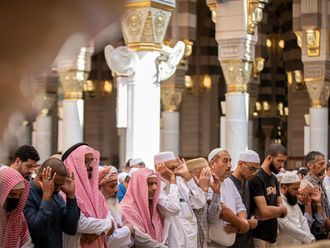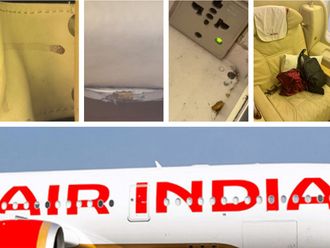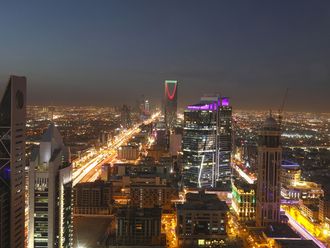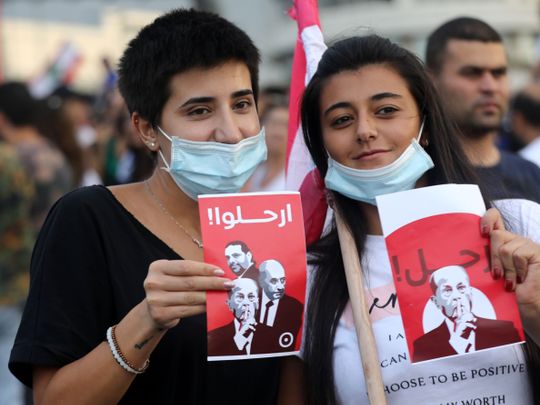
Damascus: Major protests erupted in Beirut on 17 October, spreading rapidly across the country. Demonstrators were all of all ages and hailed from different religious backgrounds, triggering the most inclusive popular movement the country has known since the Cedar Revolution of 2005.
Demands varied, from finding jobs and reducing taxes to improving health care, fighting corruption, and ultimately, getting rid of the country’s sectarian ruling elite, which has been in-power since the end of Lebanon’s civil war, almost 30-years ago.
Who are Lebanon’s ruling elite?
For three solid decades, Lebanon has been ruled by an elite of former warlords and militia leaders from Lebanon’s 15-year civil war, who later turned into politicians and statesmen.
Here is a look at the main movements:
The Future Movement
The Future Movement, headed by Prime Minister Saad Hariri, is the ultimate representative of Sunni Muslims across the country. Allied and affiliated to France and Saudi Arabia, it currently controls 20 seats in Parliament (down from the 33 during the election of 2009) and 5 in government.
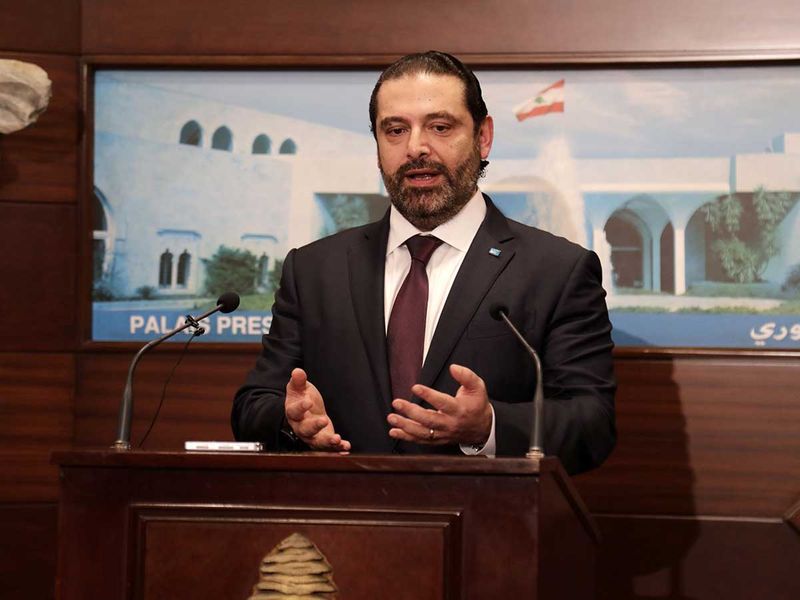
In addition to the premiership, which has been led by the Hariri family on-off since 1992, the Future Movement is currently in-charge of the portfolios of telecommunications, interior, information, and women empowerment.
At least two of these posts are under scrutiny from the demonstrations; Interior Minister Raya Hassan, whose police force are accused of violently attacking people on the streets, and Telecommunications Minister Mohammad Chocair, the man behind the “WhatsApp Tax.”
The Future Movement is cash-strapped and in a critical financial condition.
Financial aid from Riyadh stopped coming in recent years, after Hariri squandered most of the fortune inherited from his father Rafik Hariri, a former prime minister assassinated in 2005.
Last year, Future’s official newspaper, Al Mustaqbal, was suspended and once month ago, its television channel, carrying the same name, was shut down.
Amal and Hezbollah
On the other side of the political spectrum stands the “Shiite coalition” composed of Hezbollah and the Amal Movement. Both are Iran-backed and trace their roots back to the civil war era.
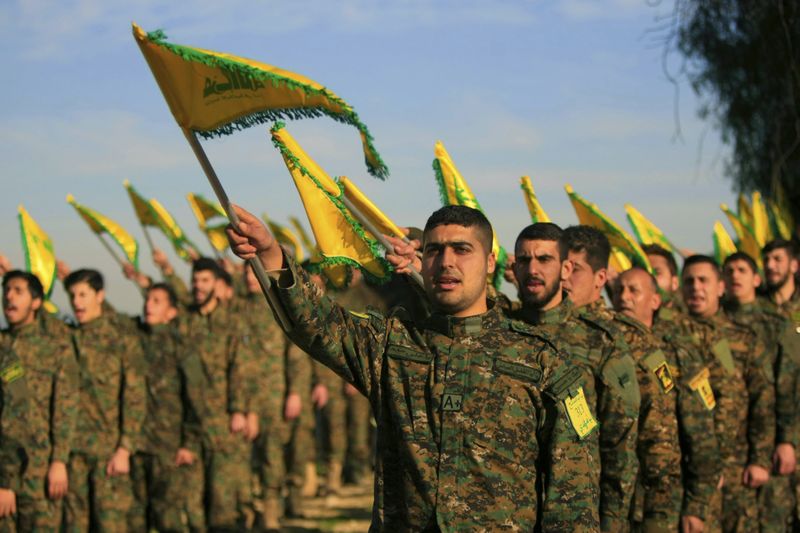
Both are pillars of the pro-Syrian, pro-Iranian March 14 Coalition that was created in the aftermath of Hariri’s 2005 murder.
Both rely heavily on Iranian support and are accused of involvement in drug cultivation in the Bekka Valley.
Ruled by Shiite heavyweight Nabih Berri, who has been speaker of the Lebanese parliament since 1992, Amal holds three portfolios in the Hariri cabinet, along with 16 seats in Parliament. It rules in southern Lebanon, side-by-side with Hezbollah.
Its powerbase is armed, but not formally. Demonstrators who cursed Berri on the street were recently harassed and beaten by Amal thugs.
Hezbollah is the more powerful of the two Shiite parties, however, due to a large arsenal of Iran-made rockets and missiles, and a powerful guerrilla army.
It joined the political process in the mid-1990s, and now controls 13 seats in Parliament, and two cabinet portfolios.
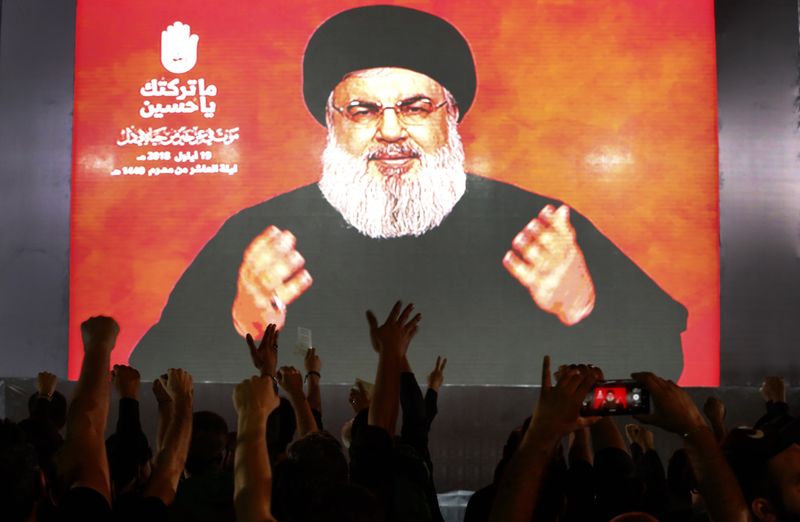
Much of Hezbollah’s popularity waned after a controversial 2012 decision to send troops to Syria. Many of the Beirut protesters today chanted against the party’s secretary-general Hassan Nasrallah, while demonstrations broke out in Nabatieh Province, one of his many strongholds.
Free Patriotic Movement
Unlike the case within the Shiite community, where the two main parties operate in close coordination with each other, the two main players in Maronite politics have been at daggers-end since the civil war.
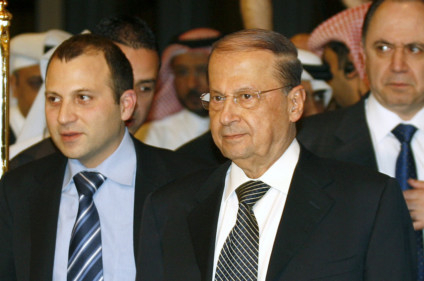
The Free Patriotic Movement is headed by the powerful foreign minister Gebran Bassil, who derives his influence from his aging father-in-law, President Michel Aoun.
Since 2006, their party has been allied to Hezbollah.
In exchange for his support for their military programme, they promised to make Aoun president—a pledge that was upheld in 2016.
The Free Patriotic Movement currently controls 29 seats in Parliament, which combed with the 13 of Hezbollah and the 16 of Amal, and those of smaller allies, gives them a majority in the chamber.
They also control two blocs within the government, one reserved for the president and one for the Free Patriotic Movement. That’s a total of 11 out of 26 portfolios, which include the powerful ministries of defence justice, economy, and foreign affairs.
The FPM reigns mainly in Mount Lebanon, but its power is constantly contested by the other heavyweight Maronite party, the Lebanese Forces (LF).
The Lebanese Forces
The LF is headed by Samir Geagea, who spent years in prison until released after the Hariri murder in 2005.
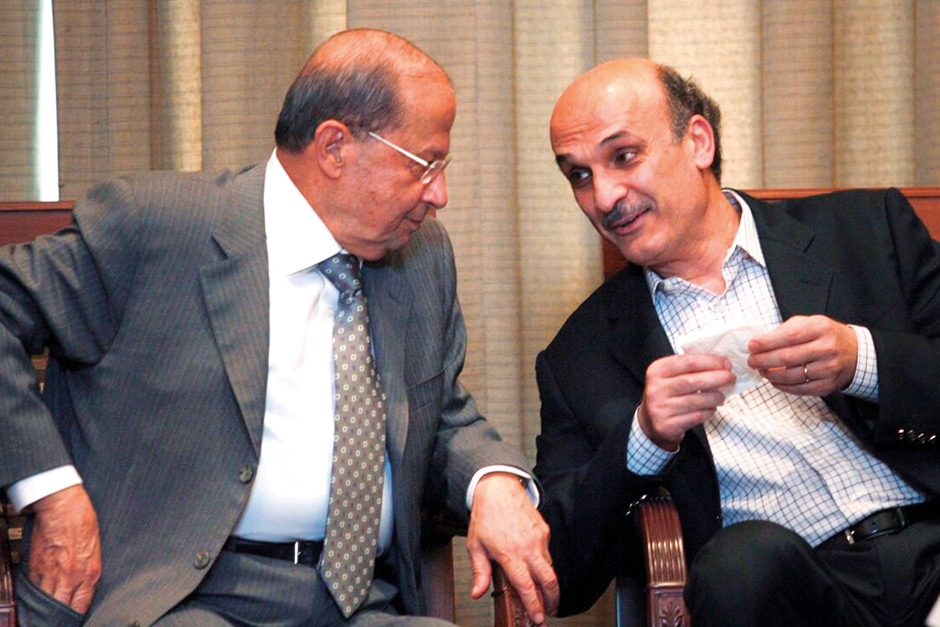
He is extremely critical of Hezbollah—both its arms and political programme—and equally, of the Iranians, Syrians, and Michel Aoun, his archenemy.
During the final stage of the civil war, he and Aoun launched a famous “war of elimination” against each other, destroying entire chunks of the Christian parts of Beirut, which had been un-scratched by years of fighting.
Geagea won 15 seats in the current chamber (up from 9 in 2009).
He joined the Hariri cabinet—very unwillingly—only to step down yesterday, calling on all his four ministers to resign.
Why are these elites in power?
Hariri and Bassil are the only relative newcomers to the ruling elite, both surfacing in the post-2005 era. Aoun, Geagea, and Berri have been both atop their constituencies since the 1980s, while Junblatt has been around since 1977.
Only Geagea and Aoun are self-made, however, relying on their personal charisma to attract followers, while all other heavyweights hail from prominent political families, having inherited their posts from their fathers, grandfathers, or in-laws.
Regional politics have contributed to the sustainability of this ruling elite, with each member representing the interests of a certain country.
Berri is Syria’s man in Lebanon, Nasrallah is Iran’s, while Hariri is a protégé of Saudi Arabia.
The National Accord of 1943
According to a gentleman agreement reached back in 1943, Lebanon’s is governed by a “National Pact” that gives Sunni Muslims control of the premiership, Maronites control of the presidency, and in later years, the speakership of parliament became an inherited right for the Shiites.
The Taif Accords of 1989
The agreement, brokered by Saudi Arabia and Syria, was made to end the civil war. It built upon the National Pact, reducing powers of the Maronite presidency while empowering those of the Sunni prime minister.
That was mandated to accommodate Muslim grievances in Lebanon, who complained that Christians had enjoyed privileged standing in Lebanese domestics since French rule.
After Taif, Sunni premiers have been responsible to the legislative branch, rather than to the Maronite presidency.
The agreement also called for the dismantling of all militias (except for Hezbollah which was considered a ‘resistance’ to Israel) and for a chamber of deputies divided equally between Christians and Muslims. Within that framework, Maronites got 34 seats, Shiites got 27, and Sunnis got 27.
While some have called for modification of the agreement, their calls have fell on deaf ears in the regional and international community, given that the current system—with all its flaws—seemed to be working and satisfying the interests of all stakeholders.
Why do Lebanese still vote for their same leaders?
One reason is the complex patron-client system of Lebanese politics, where people rely on these very same leaders for basic services to their areas (like electricity, water, and schools), business deals, and protection from the state of law.
In exchange, they expect nothing less than blind and absolute loyalty from their followers.
That has carved up Lebanon into three mini-states.
One is the Sunni strongholds of Beirut, Sidon, and Tripoli, and another is the Iran-backed fiefdoms of the Shiites, stretched across the Bekka Valley and the southern neighbourhood of Beirut, which is Hezbollah’s stronghold.

The third is Mount Lebanon and its Christian environs, divided between Aoun and Geagea.
Another reason is fear of the other—both at home and in the broader neighbourhood. Sunnis keep voting for Hariri and his team, fearing Iranian hegemony in Lebanon.
Shiites do the same, because of Saudi Arabia’s historical backing of Hariri.
Christians still root for Aoun and Geagea for lack of better alternatives, since no serious party has emerged to protect Christian interests in Lebanon, who feel marginalised, weak, and over-muscled by Muslims of both sects.
What happens if the government falls?
Prime Minister Hariri has asked his coalition partners for a 72-hour grace period to come up with “suggestions” on how to move forward.
That deadline ends on Monday evening. During his televised address late last week, he made no mention of stepping down, and nor did Hassan Nasrallah.
Instead, the Hezbollah leader called for a bundle of reforms, which will surely be rejected by the angry street, seen as too little, too late.
If the demonstrations continue, they might ultimately lead to a cabinet collapse, as four ministers have already backed out on the government, and Walid Junblatt’s team is likely to follow suit.
That would probably lead to early parliamentary elections, although its been only one year since Lebanese went to the polls, elected the exact same leaders that they now want to dethrone.
Hezbollah and Amal are firmly entrenched in their constituencies and would not mind a new vote. Nor would Hariri, who still stands as the only uncontested leaders of Sunnis.
Aoun stands to lose most
The biggest losers, no doubt, would be the Aounists. After three years in government, they have managed to anger almost every segment of their own constituency, eroding their power base among Lebanese Christians.
That went almost hand-in-hand with rising popularity of the Lebanese Forces, who are not held accountable for failures of the Aoun era, simply because they held four very ceremonial and powerless cabinet posts since 2016.
Their walkout of today has only endeared them to Christian voters, who will root for Geagea and his team, at the expense of Aoun and Bassil, if and when early elections happen.



